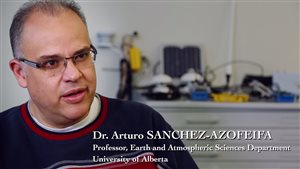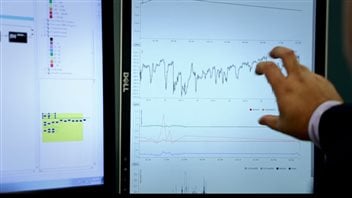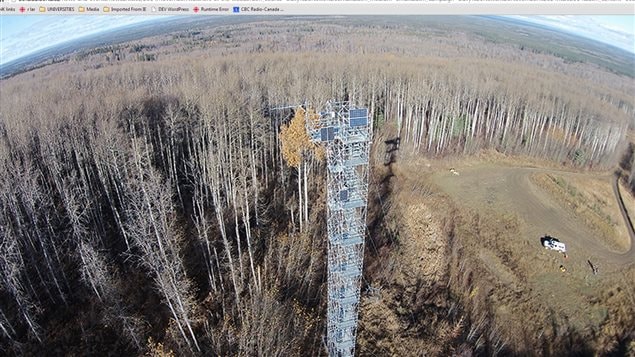A Canadian university is at the heart of an international monitoring system designed to provide immediate data on differing local ecosystems around the world in response to human activity and climate change.
Arturo Sanchez-Azofeifa is a professor in the Department of Earth and Atmospheric Sciences at the University of Alberta and heads the research effort
Listen

The system is called “Enviro-Net” and it consists of specialized monitoring equipment in locations and differing ecosystems in several countries, in Canada, South America, Australia and Europe.
The highly advanced system involves solar-powered monitoring equipment and wireless communication tied in with data analysis programmes in conjunction with the IBM Alberta Centre for Advanced Studies.
The intricate system of sensors and networks, can quickly collect, correlate and analyze data as it arrives from more than 500 sensors implanted in some of the world’s most remote and vulnerable ecosystems.

This information can be had second by seconde, every day, all year. It is information that previously may have required potentially time-consuming and costly trips by scientists to the locations.
The sophisticated technology is also able to analyze the data quickly to determine trends, and insights. Professor Sanchez-Azofeifa. “When I started this project four years ago, I had no idea how much data I would be generating, and we could not look at our data in a reasonable amount of time. It was taking something like six months to two years before we had usable insights.”
The sensors measure a variety of environmental indicators including carbon levels, relative humidity, temperature, soil moisture, atmospheric pressure, photosynthesis rates, reaction to insect infestation, and even ambient noise.
The resultant information can be provided quickly to policy makters and iad in a variety of scientific research. The enviro-net capabilitis are currently being presented at the international climate conference of parties to the Kyoto Protocal now taking place in Lima, Peru.
IBM- U Alberta video presentation







For reasons beyond our control, and for an undetermined period of time, our comment section is now closed. However, our social networks remain open to your contributions.